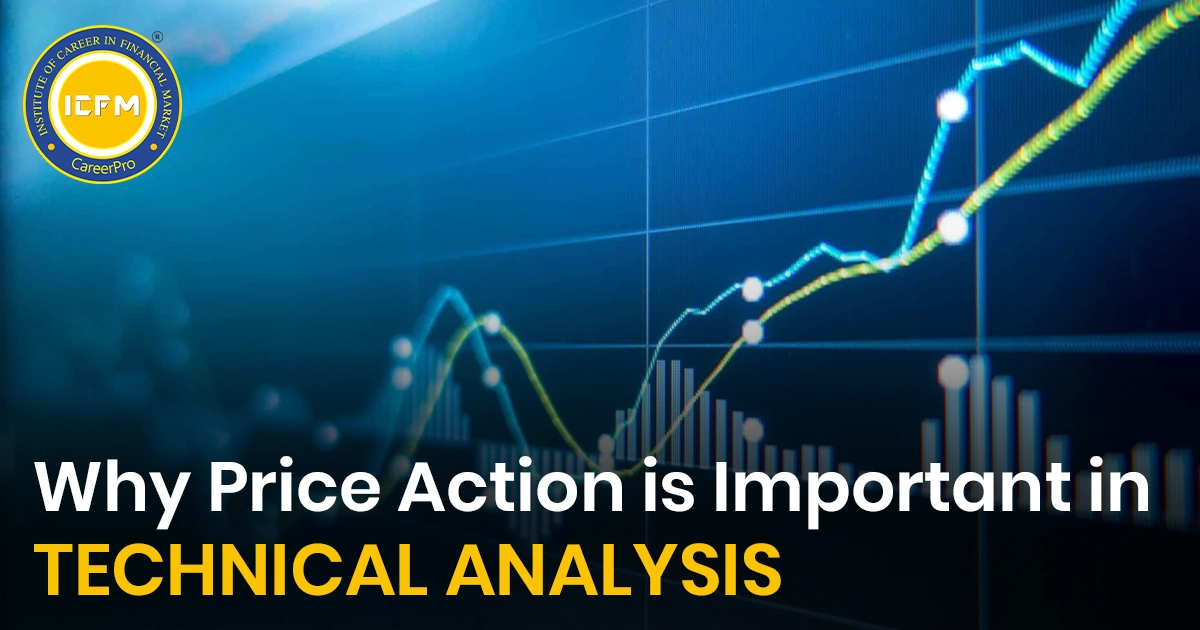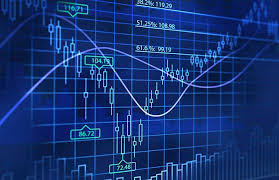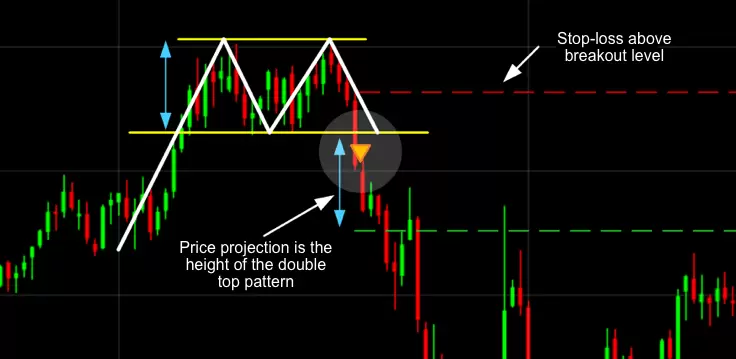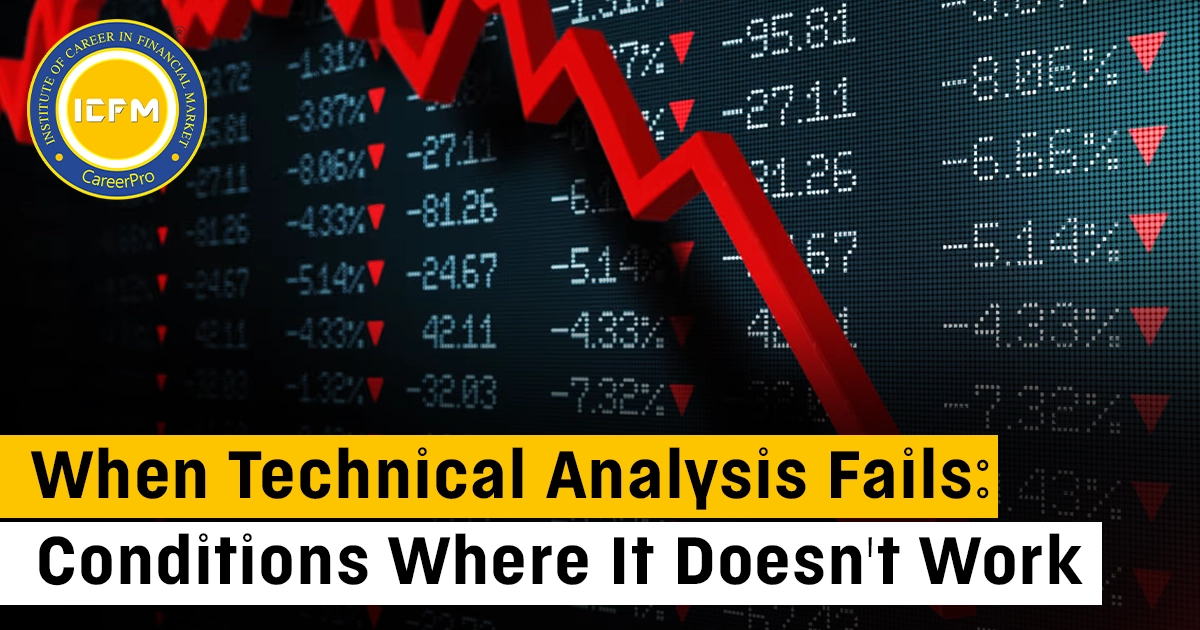Why Price Action is Important in Technical Analysis
In the trading and investing world, technical analysis plays a prime role in understanding market behavior and making informed decisions. Among the many techniques and indicators with which traders work, price action stands out as one of the most fundamental and effective methods. Focusing on the price movement over time, price action analysis provides transparency and impartiality in market dynamics. However, why is price action significant in technical analysis? Let's explore that as well.
1. Simplicity and Clarity
Price action eliminates the noise that lagging indicators often introduce. Analyzing raw price data such as candlestick patterns, support and resistance levels, and trendlines give the trader direct insights into market psychology. This straightforward approach allows for faster decision-making without relying on overly complex tools.
2. Understanding Market Psychology
The essence of price action is to understand the group dynamics of the market participants. Every price action has reflected the emotions, decisions, and reactions of the traders in terms of fear, greed, optimism, or uncertainty. This kind of movement allows traders to anticipate the reversals or continuations of trends.
3. Versatility across Markets and Timeframes
Price action is universal. Be it stocks, forex, commodities, or cryptocurrencies, the principles of price action remain the same. It's also effective in all time frames, making it suitable for day traders, swing traders, and long-term investors.
4. Leading Indicator
Unlike most technical indicators, which lag behind price movements, price action is immediate. It is the leading indicator that forms the basis for all other tools, as every technical indicator ultimately derives its values from price data. This immediacy allows traders to respond proactively to market conditions.
5. Identification of Key Levels
Price action analysis helps identify critical levels of support and resistance, which are crucial for setting entry and exit points. These levels often act as psychological barriers where significant buying or selling activity occurs, providing high-probability trade setups.
6. Adaptability to Changing Market Conditions
Markets are dynamic, which means they respond to a host of factors like economic data, geopolitical events, and trader sentiment. Price action reacts in real time to all these changes so that traders stay in line with the current state of the market instead of relying on outdated data or assumptions.
7. Better Risk Management
By focusing on price action, traders can set precise stop-loss and take-profit levels based on observed price behaviour. For instance, placing stops just beyond key support or resistance levels can enhance the risk-reward ratio and improve overall trading discipline.
Practical Examples of Price Action in Use:
- Candlestick Patterns: Patterns like the doji, hammer, or engulfing candle reveal potential reversals or continuations in trends.
- Breakouts and False Breakouts: How price acts around important levels can determine whether a breakout is real or likely to fail.
- Trendlines and Channels: Price action helps traders identify trends and the boundaries within which prices oscillate.
Conclusion
Price action is the foundation of technical analysis, providing a pure and reliable method for traders to understand market movements. Its simplicity, adaptability, and a direct reflection of market psychology make it indispensable for traders seeking consistent results. Other tools and indicators have their place, but mastering price action equips traders with a deeper, more intuitive understanding of the markets. This skill can be the difference between success and failure in the trading world.









